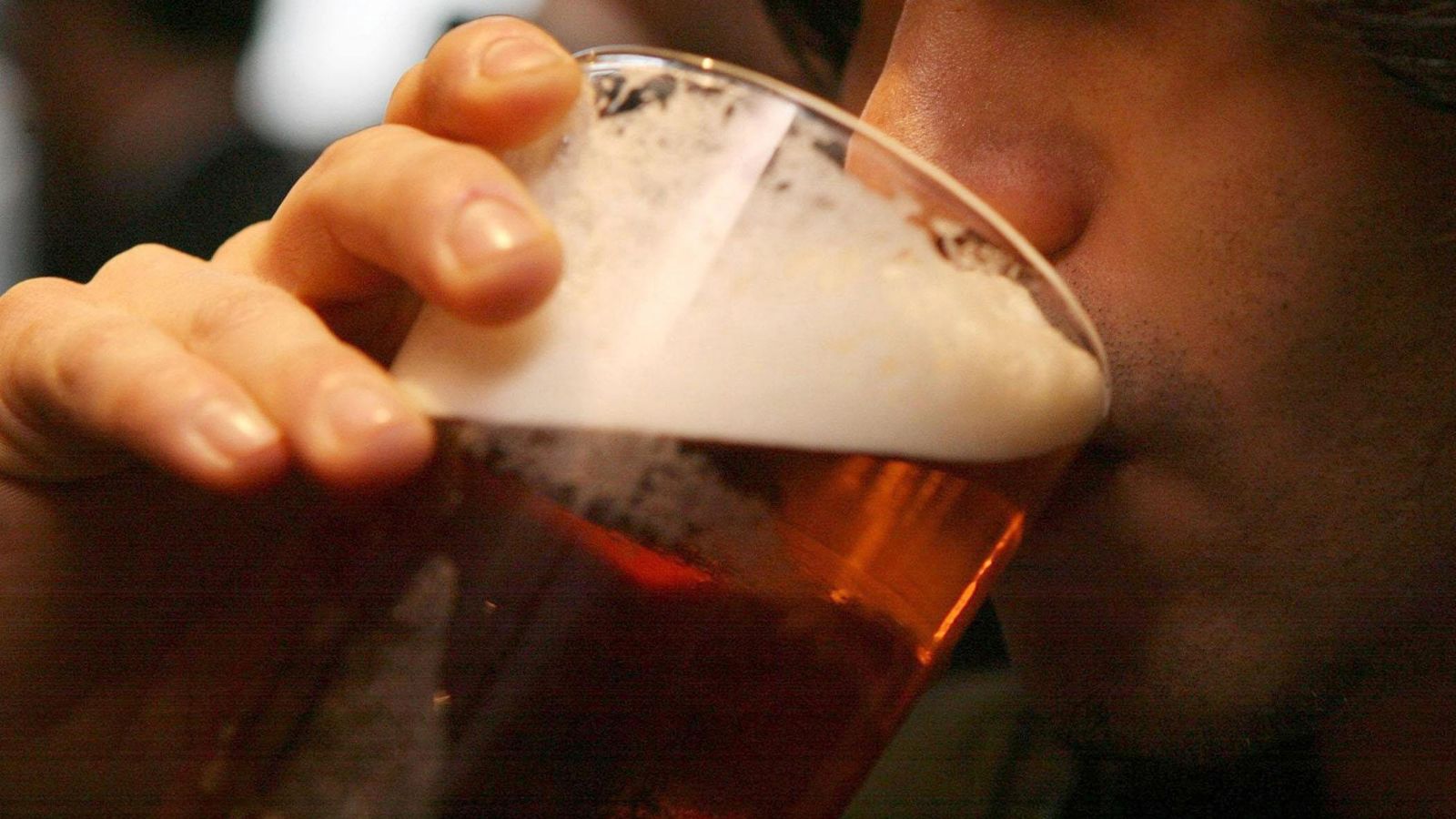Nearly 2,000 offenders made to wear alcohol-detecting tags this Christmas

Nearly 2,000 offenders have been made to wear tags that detect if they have drunk alcohol this Christmas.
New statistics have revealed about 1,800 offenders have been made to wear sobriety tags over the Christmas and New Year period to tackle alcohol-related crime.
The tags, introduced in 2020, monitor the alcohol content in an individual’s sweat and can indicate whether offenders banned from alcohol are breaching their no-alcohol orders, which could mean returning to court for further punishment, including prison.
They are accurate enough to distinguish between foods that contain low levels of alcohol, such as brandy butter and Christmas pudding, and alcoholic drinks.
This Christmas there have been more than double the number of offenders wearing the alcohol tags than last year, when about 800 had them.
The Ministry of Justice said those banned from drinking alcohol by the courts have managed to stay sober on 97% of the days they were tagged.
But the festive period is particularly important as 39% of all violent crimes in the UK involve alcohol, including domestic abuse, which can rise over Christmas and New Year.
Read more: Sobriety tags launched for offenders committing alcohol-related crimes
About 20% of those supervised by probation are classed as having an alcohol problem, with drink-fuelled crime estimated to cost the UK £21bn a year.
Advertisement
The tags monitor offenders on community sentences who are banned from drinking and can also be used as a licence condition for those leaving prison.
Prisons and Probation Minister Damian Hinds said: “Alcohol-fuelled crime such as domestic abuse is known to spike over the festive period, but our new alcohol tags can help stop that – protecting victims and tackling the causes of offending.
“We’re investing £183 million in electronic monitoring and the increased use of sobriety tags is already helping to keep our communities safer.”
The government has said it is investing £183m over the next three years into tagging technology to tackle crime.